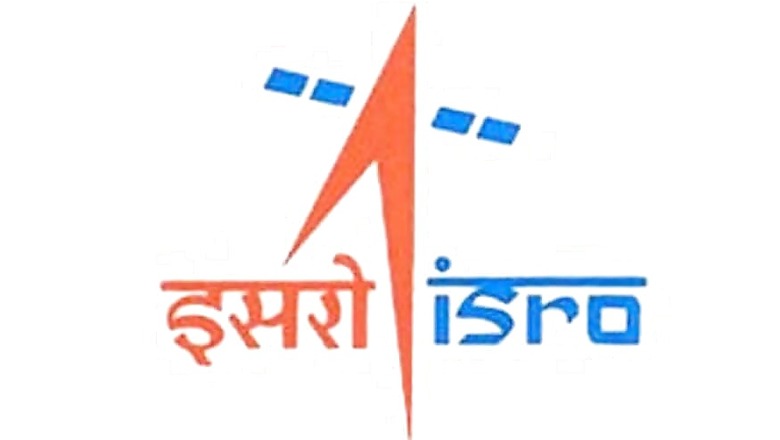
views
Chennai: India on September 26 morning will launch its weather satellite SCATSAT-1 and seven other satellites - five foreign and two domestic - with its Polar Satellite Launch Vehicle (PSLV) rocket, said an official of Indian space agency on Thursday.
According to Indian Space Research Organisation (ISRO) the PSLV rocket with eight satellites is expected to blast off at 9.12 a.m. on Monday from its rocket port in Sriharikota in Andhra Pradesh.
The rocket's main cargo will be the 377 kg SCATSAT-1 for ocean and weather related studies which will be placed into a 720 km polar sun synchronous orbit, the official, who didn't want to be identified told IANS.
According to ISRO, SCATSAT-1 is a continuity mission for Oceansat-2 scatterometer to provide wind vector data products for weather forecasting, cyclone detection and tracking services to the users.
The satellite carries Ku-band scatterometer similar to the one flown onboard Oceansat-2.
The mission life of the satellite is 5 years.
The five foreign satellites are from Algeria, Canada and US and the two from Indian universities/academic institute satellites will be placed into a 670 km polar orbit.
This is the first mission of PSLV in which it will be launching its payloads into two different orbits.
The multiple burn technology was first tested by ISRO while flying its PSLV rocket on December 16, 2015
Launching of multiple satellites with a single rocket is nothing new for ISRO and it has been doing that for several years. The challenge, however, is to launch several satellites at different orbits with one rocket, but the ISRO already did so successfully when the PSLV ejected out six Singaporean satellites on December 16, 2015.
The PSLV rocket is a four stage/engine rocket powered by solid and liquid fuel alternatively.
"Restarting a rocket engine soon after it is shut off is a critical technology that has to be mastered. Once a rocket engine is activated, then the heat generated is very high. The trick is to cool it down in the space and to restart it at a short gap," an industry expert had told IANS.
"This is entirely different from switching on and off the communication satellite's engines in the space. The interval between two restarts of a communication satellite engine will be in days. But in the case of restarting a rocket engine, the time gap will be in hours," the expert added.
"By that time the rocket's engine has to be cooled down. This part of the experiment is very critical," he explained.















Comments
0 comment